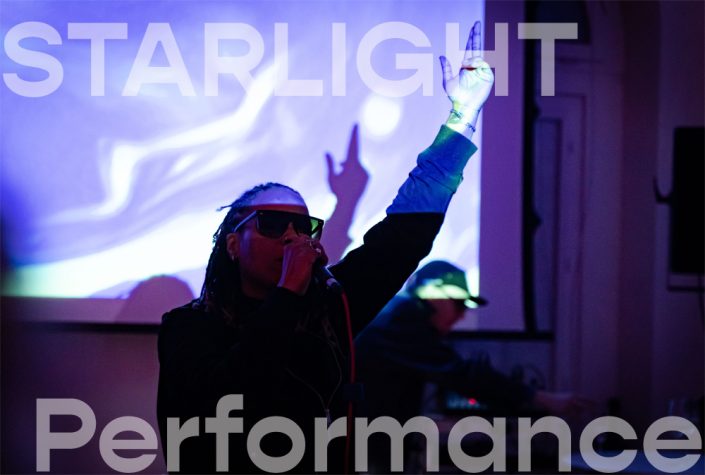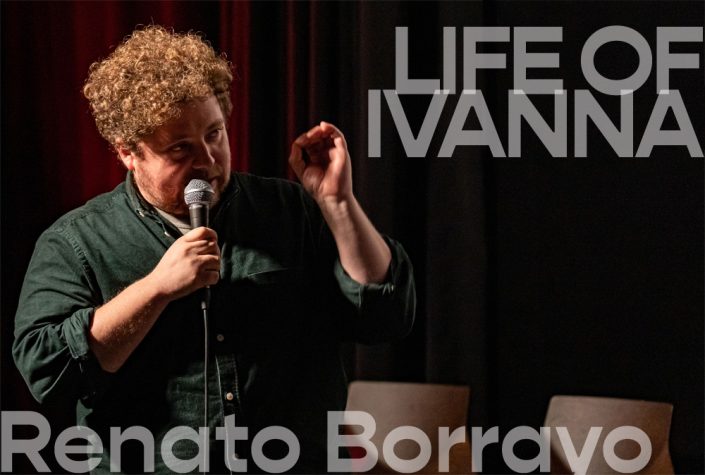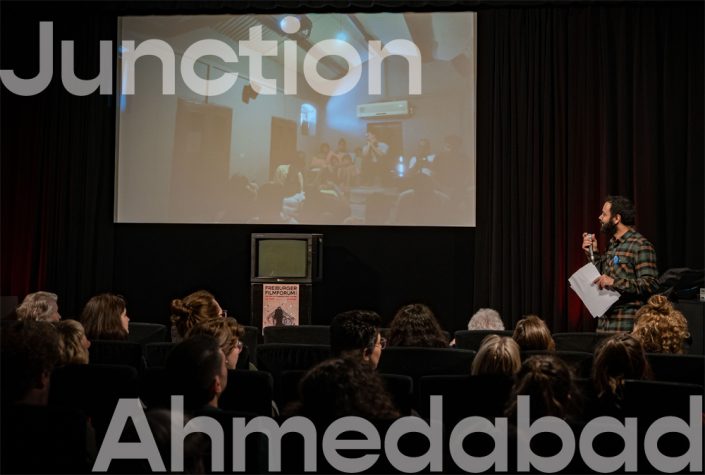Iranian women seeking divorce meet with strong opposition. Often, they stand helpless while their husbands win in law-suits and get the custody of their children, even if they abuse them or attach little value to the education of their daughters. Filmmaker Kim Longinotto and the Iranian anthropologist and writer Ziba Mir-Hosseini observed three law-suits in Teheran in which the dignity of women and justice are the big losers. Jamileh is maltreated by her husband, Maryam fights for the custody of her children, and 16-year-old Ziba wants to divorce her 38-year-old spouse. If she succeeds, she will have to go through life as outcast, due to the loss of her virginity. Judges recognize arguments like »my wife leaves the house without my permission«, and they think that children should be allowed to marry as soon as they have reached puberty, »even if they are nine years old«. Under Islamic law, men can divorce their wives at will but women must first obtain their husbands’ consent. If the divorce is contested, Iranian women must be able to prove in court evidence of impotence, insanity or lack of financial support.
»(…) After our arrival, with letters of introduction from the Ministry of Guidance, and aided by the Public Relations Section of the Ministry of Justice, we visited several Judicial Complexes. There are sixteen of these, scattered around Tehran. Each contains a number of courts, and deals with disputes filed by local residents, which differ in nature, given Tehran’s geographical division on socio-economic lines – broadly, the middle classes in the north, the working classes in the south. This posed a problem for us. Our Ministry guides wanted us to show the diversity of the courts, and the range of disputes heard; they were keen for us to film in courts headed by both civil and religious judges, and to cover marital disputes in different socio-economic strata – to do a kind of sociological survey. But we wanted to work in a single court, to capture something of the life of the court itself. We knew that in Tehran, with a population of over ten million, no court could be representative, and we did not want to do a ‘sociological survey’ on film. We wanted to focus on characters and develop storylines. We also knew that our project depended much on the goodwill of the judge and court staff, so it was important for us to work in a court where they welcomed us, understood our project and were willing to be part of it.
This was difficult to explain to the officials, but finally we settled for the Imam Khomeini Judicial Complex, the largest one, located in central Tehran near the Bazaar. It housed some Ministry of Justice offices, including the Public Relations Section, as well as thirty-three General Courts. Two courts dealt with family disputes, both headed by clerical judges: Judge Deldar, who sat only in the morning, and Judge Mahdavi, who sat only in the afternoon. We were introduced to both judges; both said we could film in their courts.
At first we filmed in both courts, but soon we confined ourselves to Judge Deldar’s, which we found more interesting. As Judge Mahdavi dealt only with divorce by mutual consent, that is, cases where both parties had already worked out an agreement, there was little room for negotiation: the dynamics of the cases heard were rather uniform, and the couples rarely revealed the real reasons behind the breakdown of marriage. Judge Deldar, on the other hand, dealt with all kinds of marital disputes, thus we found a much wider range of stories and a more spontaneous environment. Besides, the court staff were also fascinating characters in their own right, especially Mrs. Maher, the court secretary, who had worked in the same branch for over 20 years. She was an extremely capable woman who understood our project, and her daughter Paniz was a real gift. Both soon became integral to the film. After a week, we too became part of the court life. The presence of an all-woman crew changed the gender balance in the courtroom; and undoubtedly gave several women courage. Likewise, the fact that the crew had both Iranian and foreign members, I believe, helped transcend the insider/outsider divide. The camera was a link here too, as well as between public and private. We never filmed without people’s consent. Before each new case, I approached the two parties in the corridor, explained who we were and what our film was about, and asked whether they would agree to participate. I explained how we wanted to make a film that foreign audiences could relate to, to try and bridge the gap in understanding, to show how Iranian Muslim women, like women in other parts of the world, do the best they can to make sense of the world around them and to better their lives. Some agreed, others refused. On the whole, and perhaps not surprisingly, most women welcomed the project and wanted to be filmed.
We filmed for four weeks in November-December 1997. Back to London, we started editing our over 16 hours of footage. (…) In going through the material, rather than focusing on the exotic and the different, we tried to focus on commonalities: how difficult marriage can be and the pain involved in its breakdown. We also tried to show what it is like inside a Tehran law court, and to give glimpses into the lives of ordinary people. Although clearly some ‘contextual information’ was essential, we were anxious not to overcrowd the film with facts and figures, not to tell viewers what to think, but to allow them to draw their own conclusions. Above all, we wanted to let the women speak, to show how they are strong individuals going through a difficult phase in their lives, and to communicate the pain – and the humour – involved in the breakdown of marriage.« (Ziba Mir Hosseini)
Extracts from ISIM Newsletter 2; March 1999; p. 17
Kim Longinotto: PRIDE OF PLACE (1978); THEATRE GIRLS (1979); CROSS AND PASSION (1981); UNDERAGE (1983); FIRERAISER (1985); EAT THE KIMONO (1989); HIDDEN FACES (1991); THE GOOD WIFE OF TOKYO (1992); TRAGIC BUT BRAVE (1993); DREAM GIRLS (1993); SHINJUKU BOYS (1995); ROCK WIVES (1996)
Ziba Mir-Hossini: DIVORCE IRANIAN STYLE (1998)









